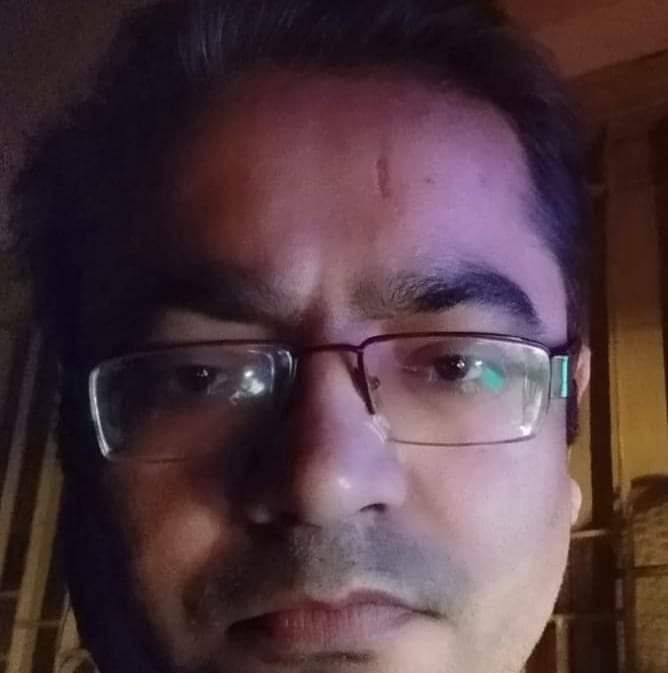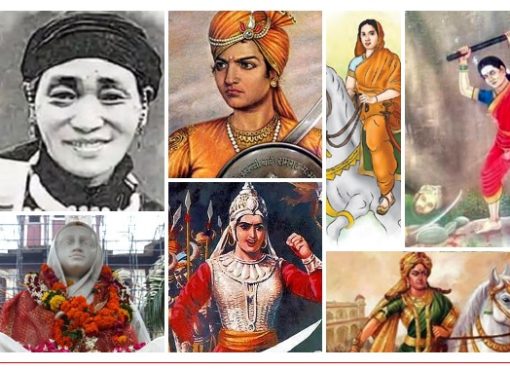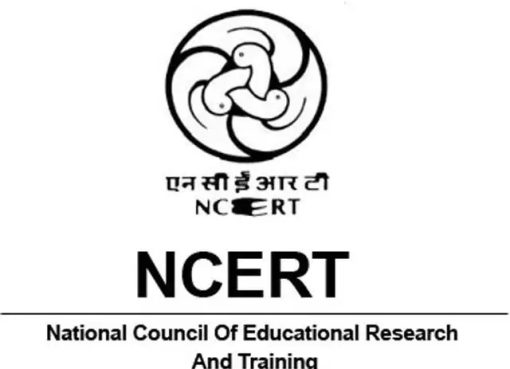Revolutionary Jatindranath Bandopadhyay—later revered as Swami Niralamba—was born on 19 November 1877 (5 Agrahayan 1284, Bengali era) in the modest village of Channa in Bardhaman district of British India. His father, Kalidas Bandopadhyay, worked as a peshkar in the judge’s court of undivided Bengal’s Khulna–Jessore region, and his mother was Asambhabini Devi. Jatindranath began his early education in the village pathshala, later moving to Bardhaman town where he passed the Entrance Examination from Raj School and subsequently completed the First Arts (F.A.) degree from Raj College.
Reading Bankimchandra’s Anandamath during student days of Jatindranath ignited in him an intense patriotism. Convinced that the liberation of the motherland demanded armed struggle against the British, he resolved to dedicate his life to the cause. Determined to acquire military training, he left home to join the Indian Army. Before this, he briefly worked as a home tutor to the children of Ramananda Chattopadhyay in Allahabad—a detail recorded by Ramananda’s daughter Sita Devi in her memoir published in Yugantar.
Through Ramananda Chattopadhyay’s assistance, Jatindranath entered the army under the pseudonym “Jatindra (Jatindranath) Upadhyay.” Posted in Baroda, he came into close contact with Bal Gangadhar Tilak, which drew him deeper into revolutionary activities. While saving the ruler of Baroda from danger, he fell seriously ill. At the king’s request, the young Aurobindo Ghose took responsibility for nursing him back to health. This encounter proved decisive: inspired by Jatindranath, Aurobindo himself entered the realm of revolutionary politics.
In the early 20th century, Aurobindo invited Jatindranath to Bengal to help build a structured armed revolutionary network. Responding to the call in 1900, Jatindranath returned first to his village Channa and later to Chandannagar. In the Suhrid Sammilani hall of Chandannagar, his influence guided a young Rasbehari Bose onto the revolutionary path. In 1902, Aurobindo sent Jatindranath and his brother Barin Ghose to meet Sarala Devi in Baghbazar, Kolkata, where Jatindranath was introduced to Pramathanath Mitra (P. Mitra).
On a Dol Purnima day, under P. Mitra’s leadership, a fraternity of Baroda youth and Bengali revolutionaries established a new nucleus named the East Club, soon renamed Anushilan Samiti. P. Mitra became its president, with Deshbandhu Chittaranjan Das and Aurobindo Ghose as vice-presidents, and Suren Thakur as treasurer. Jatindranath was given the crucial task of providing military training, instilling discipline, and awakening spiritual consciousness among young revolutionaries.
Alongside physical training, the Samiti emphasized the study of Hindu scriptures and spiritual development. In 1904, upon hearing that a few patriots had resorted to dacoity at Tarakeshwar to raise funds, Jatindranath was outraged. His differences with senior leaders over discipline and ideology led him to temporarily leave the Samiti and take charge of the nationalist newspaper Sandhya. Sister Nivedita guided him back into political engagement by introducing him to literature on the Irish rebellion, the Sepoy Mutiny, and the American War of Independence. After the death of Brahmabandhav Upadhyay, Jatindranath again shouldered responsibility for Sandhya. To restore order within the movement and expand revolutionary influence, P. Mitra sent him to Punjab to establish a secret branch of Anushilan Samiti.
Arriving in Punjab in 1906, he helped form the Gadar Samiti with the assistance of Dr. Haricharan Mukhopadhyay, Dr. Charuchandra Ghosh, Sardar Ajit Singh, and Kishan Singh—the father of Bhagat Singh. Upon returning to Kolkata, he was implicated in the 1908 Alipore Bomb Case on the basis of Naren Goswami’s confession. Though released for lack of evidence, Aurobindo was detained. Deshbandhu C. R. Das defended them in court. Amid disagreements with Barin Ghose, Jatindranath withdrew from revolutionary life and retreated to the Himalayas.
Later, guided by Soham Swami in Allahabad and initiated by Shyamakanta Bandopadhyay, Jatindranath returned to Channa and established the Ashram Channa along the Khari River in 1908. Based on the non-idolatrous philosophy of Soham, the ashram emphasized restraint, patience, courage, tolerance, devotion, compassion, and inner realization. Even after renouncing active revolutionary work, Swami Niralamba alias Jatindranath maintained covert contact with freedom fighters. Under the banyan tree within the forested ashram, secret meetings were held to plan resistance against British rule, attended by Rasbehari Bose, Aurobindo Ghose, Barin Ghose, and other patriots.
Records reveal that Lala Lajpat Rai, Kishan Singh, Bhagat Singh and many others visited the ashram. British suspicion even led to the establishment of a police outpost at Khana Junction. After Swami Niralamba’s passing on 5 September 1930, the ashram’s leadership passed to Prof. Yogeshwar Chattopadhyay (Prajñan Padji) of Banaras Hindu University, who also influenced future Prime Minister Lal Bahadur Shastri. Until 1970, foreign admirers—especially French—regularly visited the flourishing ashram. However, floods in 1978 and 1998, coupled with long neglect, have left the once-thriving revolutionary sanctuary in ruins. Only two tin-roofed quarters and statues of Jatindranath, Fakir Ray, and others now preserve its fading legacy.
Despite occasional promises from local and state leaders during commemorations, little has been done to restore this heritage site. Thus Ashram Channa, a living monument of India’s armed struggle, stands endangered and forgotten and Jatindranath forgotten.
Many chapters of India’s revolutionary saga—especially in Bengal—have receded into oblivion. Among its lost luminaries stands Jatindranath Bandopadhyay, hailed by revolutionary Jadu Gopal Mukhopadhyay as the “Brahma of the Fiery Age.” Bhupendranath Dutta once reminded students in Bardhaman: “Why do you search for a leader? The elder brother of revolution sits in Channa—go to him”.

শ্রী অনিমিত্র চক্রবর্তী হলেন একজন সাংবাদিক ও বিভাগীয় লেখক (columnist) এবং বেঙ্গল ভলান্টিয়ার্সের এক সক্রিয় কর্মী।





